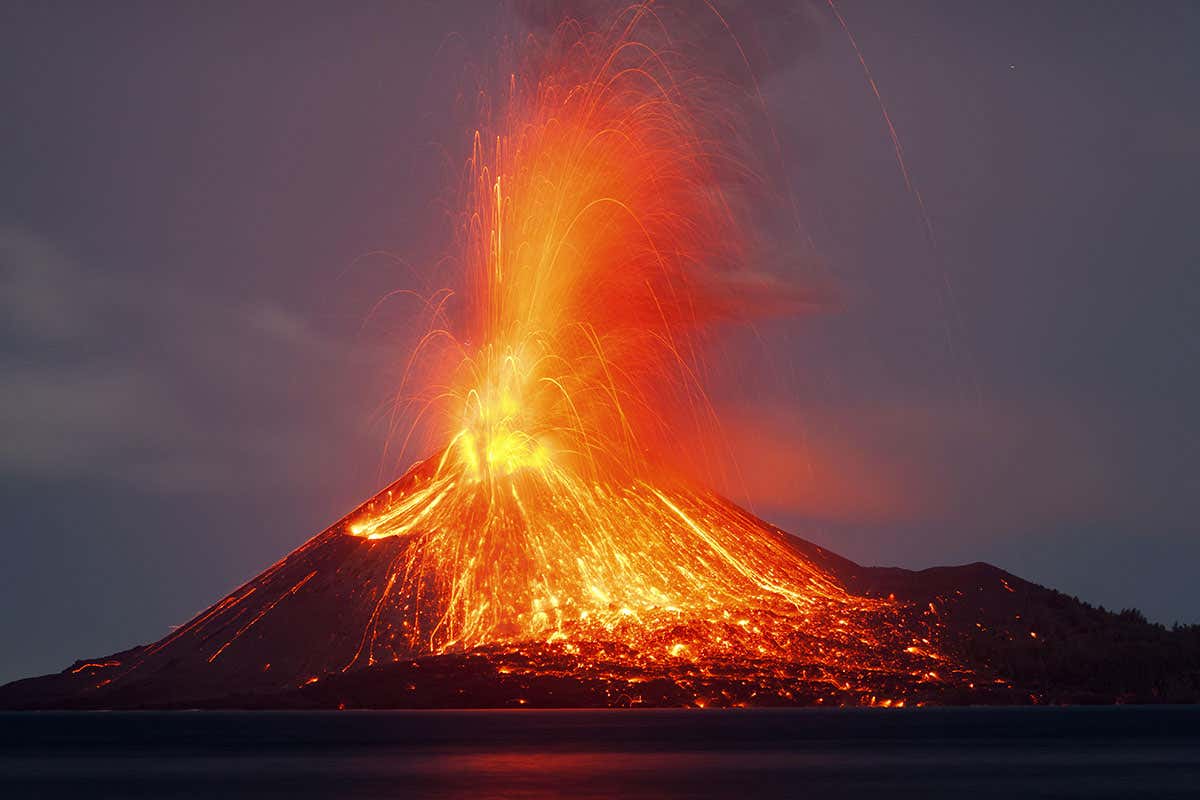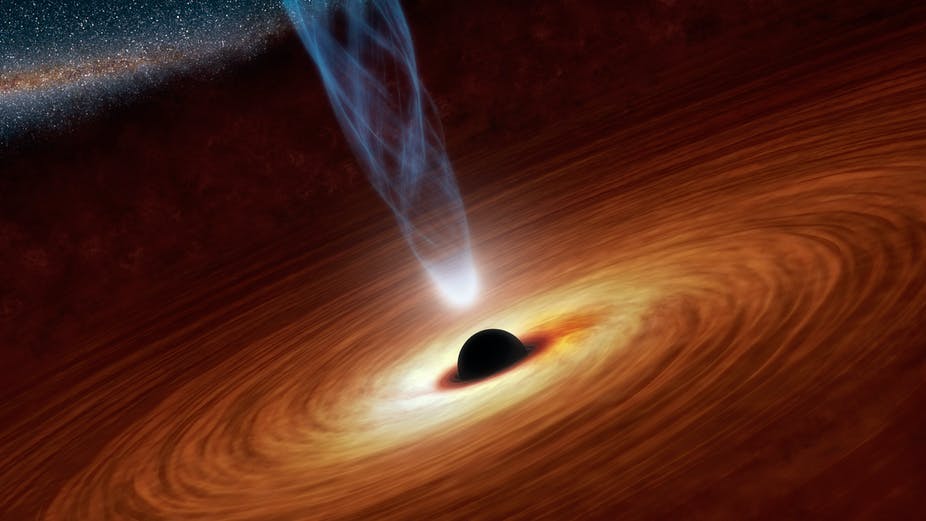A supernova is a powerful explosion that occurs at the end of a star’s life. These explosions are so bright that they can outshine an entire galaxy for a brief period of time, and they are responsible for releasing huge amounts of energy and matter into the universe.
There are several different types of supernovae, but they all involve the catastrophic collapse of a star. The most common type of supernova occurs in binary star systems, where one star is a dense, dying star known as a white dwarf.
As a white dwarf evolves, it begins to run out of fuel and cools down. When the temperature of the white dwarf drops below a certain point, the star becomes unstable and begins to collapse. This collapse causes the star’s core to become denser and hotter, eventually leading to a runaway nuclear reaction.
As the nuclear reactions in the core of the white dwarf intensify, they create a huge explosion that blows the outer layers of the star into space. This explosion releases a tremendous amount of energy, which can outshine an entire galaxy for a brief period of time.
Other types of supernovae can occur in single stars that are much larger and more massive than white dwarfs. These massive stars can also become unstable and collapse when they run out of fuel, leading to a supernova explosion.
Supernovae are extremely rare events, but they are also extremely important. These explosions create and disperse heavy elements, such as carbon and oxygen, throughout the universe. These elements are the building blocks of life, and they are essential for the formation of planets, stars, and galaxies.
In conclusion, supernovae are powerful explosions that occur when a star collapses and becomes unstable. These explosions release huge amounts of energy and matter into the universe, and they play a vital role in the evolution and development of the cosmos.






